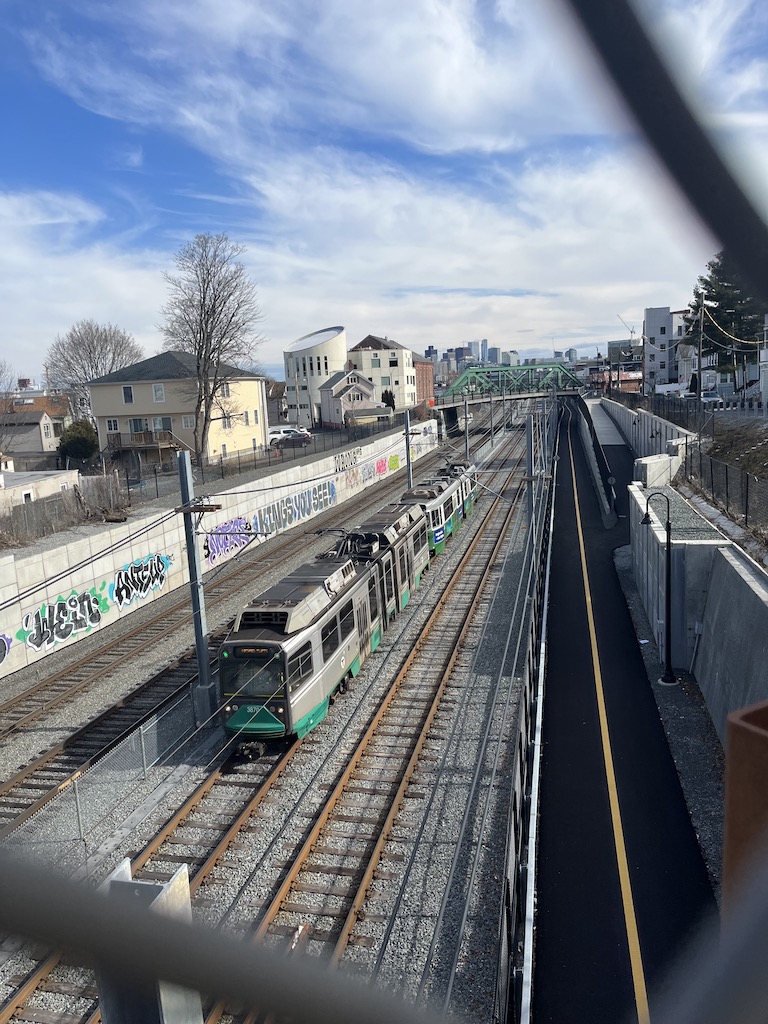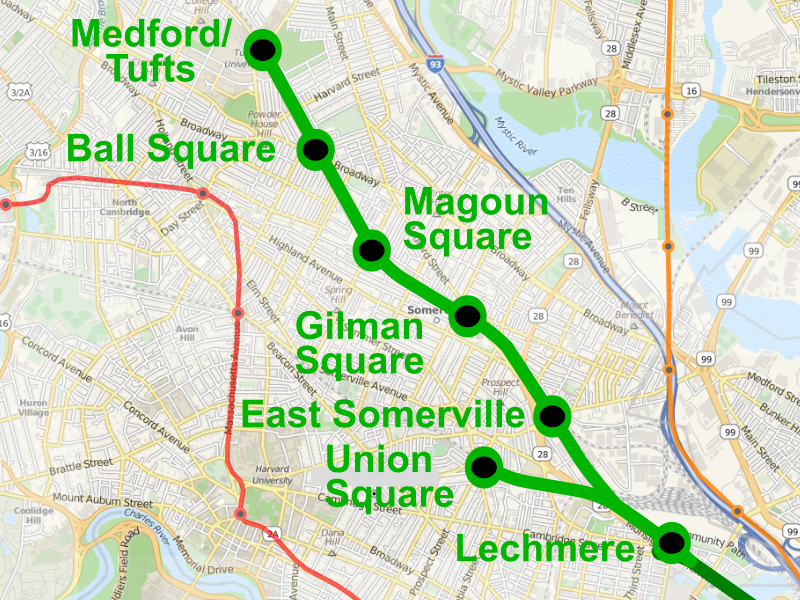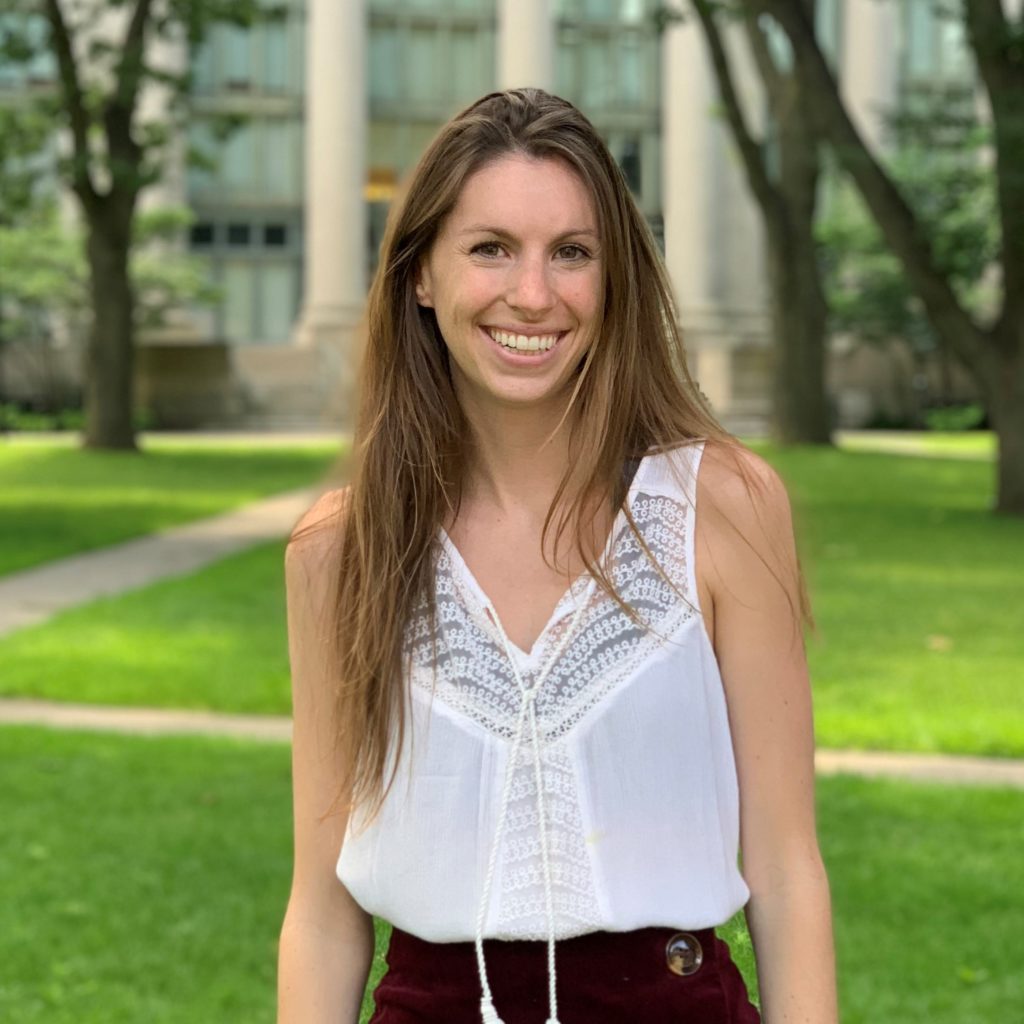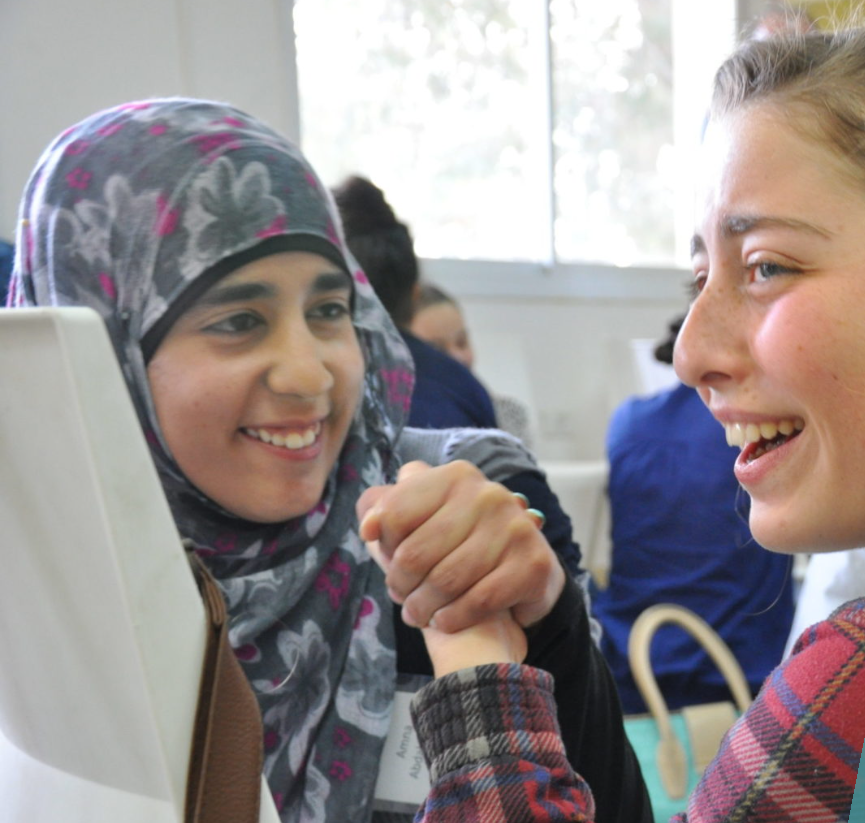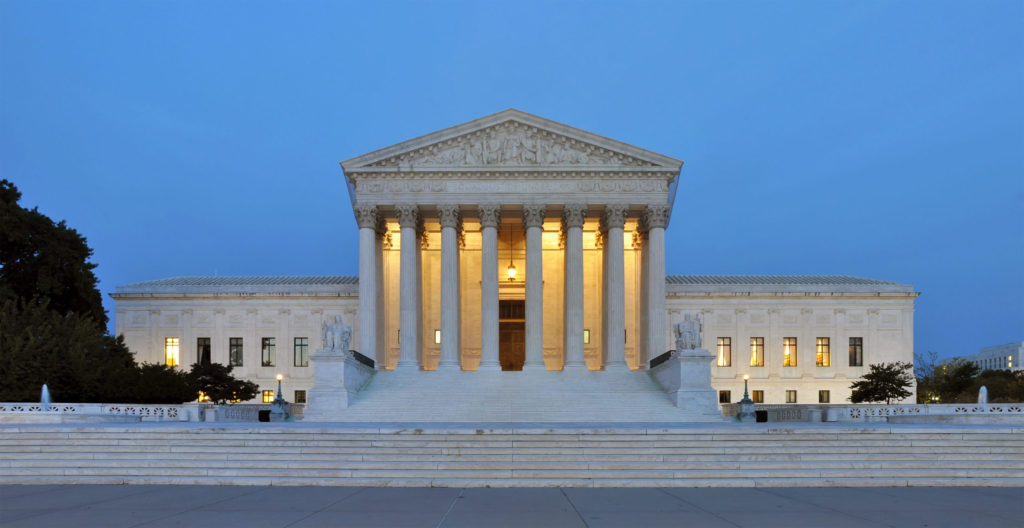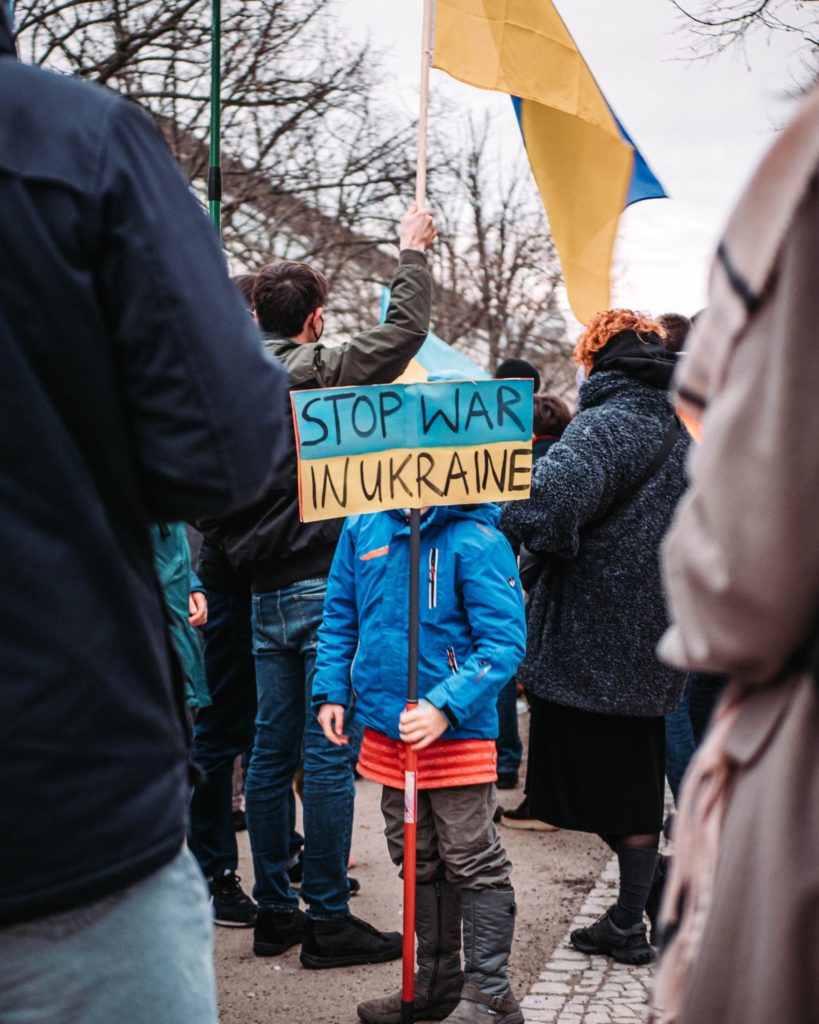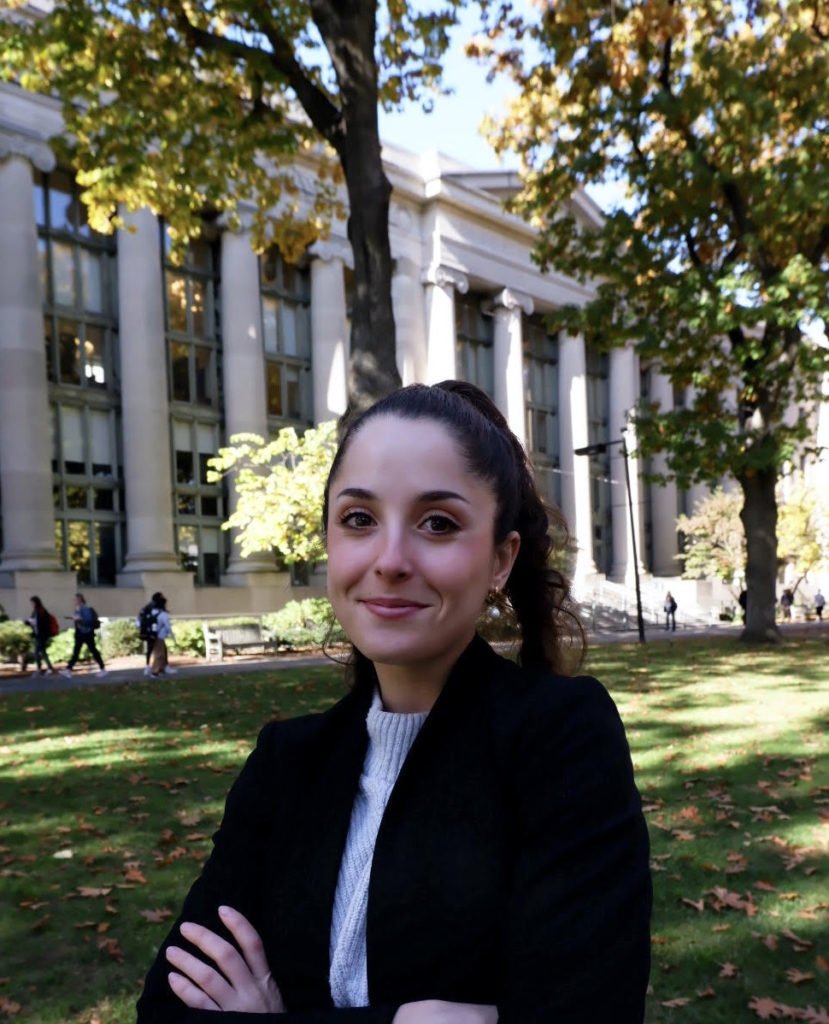By Patrick Maxwell ‘21

The next entries of this blog series will focus on examples of inter-bubble conflicts from real life—and how those conflicts came to some kind of successful resolution. In this post, we’ll examine two vignettes of inter-bubble conflict. The first example is an interpersonal conflict, returning to the world of QAnon and conspiracy theories that we first referenced in the opening entry of this series. The second, drawn from the Colombian civil war, describes a national-level conflict.
Coming up in the next entry, we’ll discuss inter-bubble conflicts at the level of towns and institutions—and then, in one final entry, we’ll bring the conversation back to conflict resolution theory, and pull out some effective practices for tackling inter-bubble conflicts as they arise.
Stephen Ross and QAnon
Stephen Ross was a bright, idealistic, but sheltered young man—a constellation of traits that, unfortunately, made him susceptible to the cluster of conspiracy theories that would go on to form the basis of the QAnon conspiracy movement. Although he graduated in the top 3% of his high school class, he admits to not having “good logic skills”—and his parents restricted his access to the outside world as he grew up, leaving him somewhat naïve. Once he left his childhood home, Stephen found himself drawn into a series of friendships and relationships with individuals who were passionate followers of conspiracy theories. Before long, he found himself tumbling down the rabbit-hole of online “truther” movements and cult-like communities.
Stories with hard-hitting emotional impacts seem to have had the biggest effects on Stephen. Among the theories that were most impactful were the “truther” theories around the Sandy Hook shooting—in which conspiracy theorists claimed that the anti-gun control lobby had staged the shooting as a strategy to impose stricter gun laws—and the “Pizzagate” conspiracy that alleged that Democratic politicians were running a child sex trafficking ring out of a DC pizza shop.
Stephen’s journey out of the conspiracy mindset seems to have started as his life deteriorated, as his conspiracist beliefs isolated him from those around him. To his credit, much of the work towards some kind of resolution came from Stephen himself, spurred by mismatches he saw between the constructed reality of the conspiracy theories and what he saw in real life.
However, his parents took specific actions that helped. Rather than arguing with Stephen or trying to talk him out of his beliefs, they stayed in touch with him and offered a supportive space for his journey out of the conspiracy lifestyle. A key moment came when Stephen’s parents paid for him to drive to Texas to live with his sister for a while. “They paid for my hotels and sent me gas money,” he said. “They mailed me a big box of snacks and a binder of maps with the route all the way down.”
Why was this an inter-bubble conflict?
As the first entry laid out, inter-bubble conflicts can be roughly described as having the following three characteristics:
- A lack of consensus on valid sources of “truth” that can be a basis for a resolution.
- No commonly-shared authorities or experts (either on substance or process) who can intervene to shape an outcome.
- A lack of a defined process or structure for resolving or managing the conflict.
The saga of Stephen and his parents may not have looked like a “dispute” in the sense of an argument or a fight, but it certainly had the trappings of an inter-bubble conflict (and, for that matter, inter-bubble conflicts—like other conflicts—can show up as a slow alienation or degradation of a relationship; a conflict doesn’t have to look like an argument or a clash to be significant).
Stephen’s worldview depended on sources of “truth” that were clearly in tension with those of his parents and other non-conspiracy-theorists; online “truther” communities, for example, seem to have contributed the bulk of the information that he digested. Those communities brought with them an alternative source of authority figures. “InfoWars” conspiracist Alex Jones, for example, is mentioned as having had an impact on Stephen’s thought processes. And while the article doesn’t mention the preferred methods of conflict resolution that Stephen or his parents brought to the conflict, it’s not hard to imagine that they likely had very different visions of what the preferred outcomes were, and what the methods for getting there might have been.
How was this conflict resolved?
Both Stephen and his parents took active and meaningful steps towards addressing this conflict—which, handled differently, could very well have led to a serious break in their relationship. Importantly, they maintained their relationships with each other despite their disagreements.
Stephen himself was critical enough to notice inconsistencies in the conspiracy theories he was hearing, and these doubts helped him shed the conspiracy mindset. For their part, Stephen’s parents avoided arguing with him or trying to change his mind. They also did not attempt to dictate or control his process of leaving the conspiracy lifestyle. Instead, they emphasized compassion and a continued relationship with him, and offered him a way out when he needed it.
Other individuals who have found themselves in the position of either Stephen or his parents—whether entangled in the QAnon conspiracy theories, or in in-person cults or other communities with highly-constructed worldviews—emphasize similar approaches. One source suggests that long-term engagement, in the context of a pre-existing relationship, can be a big help. The same source recommends maintaining some distance, though, for self-preservation’s sake; conspiracy theories are, by nature, very compelling, and someone attempting to intervene might be susceptible to persuasion by them. Ex-QAnon members have emphasized that most QAnon adherents are, in fact, very well-intentioned people who get caught up in a conspiracy theory that’s designed to ensnare them, and that appealing to and affirming their “higher selves”—while expressing concern that they’re being misled—can be one way of bridging the gap.
National inter-bubble conflicts: The Destino Colombia process
The second vignette brings us back to the midst of a decades-long civil war in Colombia. In this context, a ten-day workshop series called the Destino Colombia process grappled with the dynamics of inter-bubble conflicts, and provided inspiration for the country’s eventual peace process twenty years later.
The Destino Colombia workshop series took place in 1996, and brought together a range of Colombians who were invested—each in their various ways—in some kind of shift or difference from the status quo of civil conflict.1 A succession of civil wars had been ongoing for decades; the major parties to the conflict in 1996 included the Colombian government, the guerrilla movements of the FARC and the ELN, and a network of private paramilitary organizations partially organized under an umbrella movement called the AUC.
In the midst of the conflict, a group of private businesspeople were able to convene a relatively private, informal series of meetings that brought together a range of actors from Colombia to jointly discuss the country’s future.2 This process—known as Destino Colombia—consisted of three multiday workshops, with a group of representatives who were chosen to represent “the conflict in miniature.”3 This group included government officials, military leaders, and members of paramilitary and guerilla movements. The group also included people who represented the unarmed civilian population, like activists, businesspeople, farmers, journalists, and young people.
The Destino Colombia process centered around a scenario planning exercise that presented four possible “stories” (each with a very evocative name) that might describe Colombia’s future. The “stories” were:
- “When the sun rises, we’ll see:” A story in which war has destroyed any group’s ability for agency and planning for peace was meaningless.
- “A bird in the hand is worth two in the bush:” A story in which the warring belligerents come to some compromise agreement in which everyone wins a little and loses a little, but more war is avoided.
- “Forward march:” A story in which a strong government wins the war on the battlefield, and imposes peace and order over the country.
- “In unity lies strength:” A story in which a bottom-up transformation of society rewrote the structures and dynamics that had led to conflict in the first place, thus ending not only this conflict but the need for further conflicts in the future.
Notably, the Destino Colombia process did not end Colombia’s civil war. That war is still ongoing, although violent deaths have decreased from their peak in the early 2000s and the FARC signed a major peace agreement with the government in 2016. But the process did result in a set of relationships among members of different sides that endured, and a sense that a collaborative outcome was possible. After the 2016 peace process between the FARC and the Colombian government, then-President Juan Manuel Santos—who had participated in the Destino Colombia workshops twenty years before—cited those workshops as a key inspiration for him, since they had proven that people with contradictory positions can work together under the right circumstances.4
What made this an inter-bubble conflict?
The Colombian civil war seems to fit the definition of an inter-bubble conflict. The actors’ various sources of “truth” represented a huge array of both lived experiences and of philosophies and viewpoints. The FARC guerrillas were largely Marxist; the paramilitary organizations were right-wing; and the government, human rights activists, and businesspeople brought their own lenses and perspectives.
The actors in the Destino Colombia process reported to different authority figures, as well. Many of the most important leadership figures—especially of the armed actors—were not present at these meetings, out of fear that the other parties could not be trusted.
And the parties had different preferred conflict resolution mechanisms. This was a conflict that had devolved into polarized, power-based armed conflict; but the journalists, farmers, and businesspeople who were invited would have been invested in conflict resolution strategies that didn’t rely on sheer military power. To an extent, there were glimpses of conflicts among different members of the “same” side—in that some members of the various armed factions preferred war (or at least, didn’t trust negotiations) while others were willing to try a dialogue process.
What contributed to the Destino Colombia process’s successes?
The most obvious factor in any successes that the Destino Colombia process had was its encouragement of long-term engagement. The workshops took place in 1996; the “official” peace process between the Colombian government and the FARC happened in 2016; and some amount of conflict is still ongoing in 2021. The importance of the Destino Colombia process was in the inspiration it provided for further action, and in a set of relationships that it created. In at least one instance, Destino Colombia participants from opposite sides refrained from attacking each other in the years that followed, because of the relationships that they’d built.
Importantly, the Destino Colombia process wasn’t merely predictive, it was generative—in that the people who were present at the meeting represented a group with, potentially, the agency to create whichever of the four futures they collectively chose. As Adam Kahane, an external process expert at Destino Colombia, noted: “The Destino Colombia team members were not simply trying to solve one single problem or to optimize one superordinate good, even though their rhetoric was that they were collaborating for the good of Colombia. They were in the middle of a conflict and did not agree on what the solution was or even on what the problem was. They agreed only that the situation they were facing was problematic, and they viewed it as problematic in different respects and for different reasons.”5
At the same time, though—in part because the top decision-makers from the various sides were not present—Destino Colombia had no formal status in the way that a high-level summit or a peace process might. This meant that the workshop participants had wide latitude to explore possible solutions, even ones that their faction could not support. It also put the focus on the process of imagining, and thinking through, the different possibilities for the nation’s future.
Finally, in generating a range of possible future stories—and in doing so in cooperation with people who had, in some cases, previously attempted to attack or kill them—the participants showed a willingness to start down a path without a clear destination. The participants were united only in that they all had a common agreement that the status quo was deeply unsatisfactory. Their participation in the Destino Colombia process was, therefore, an act of great trust. As Kahane put it, they were “crossing the river by feeling for stones.”6
Up next: Institutional conflict; and tying it all together
In the next entry, we’ll look at examples of inter-bubble conflicts at the level of towns and institutions. And in the subsequent (and final) blog entry of this series, we’ll take a look back at these examples of inter-bubble conflicts, and the strategies that played a role in helping them progress. We’ll also pull out some lessons and best practices for how to address inter-bubble conflicts as they arise.
1. This account of the Destino Colombia process is drawn from two sources: the book “Collaborating with the Enemy: How to Work with People You Don’t Agree with or Like or Trust,” written by process facilitator Adam Kahane; and “Destino Colombia: A Scenario-Planning Process for the New Millennium,” a report prepared by Kahane’s consulting firm Reos Partners.
2. The specific convening group is not publicly named in either of the key sources; it is possible that they wanted to remain anonymous. The Reos Partners report does state that it took two years to build the relationships, expertise, and support that culminated in the Destino Colombia workshops.
3. Kahane, “Collaborating with the Enemy” pp. 42.
4. Kahane, “Collaborating with the Enemy” pp. 45.
5. Ibid.
6. Kahane, “Collaborating with the Enemy” pp. 75.

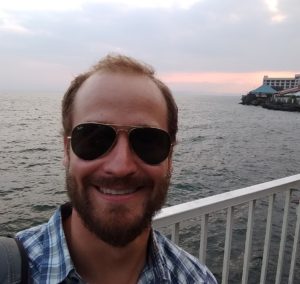 Patrick Maxwell is a JD/MA candidate at Harvard Law School and the Fletcher School at Tufts University, where he focuses on conflict resolution, conflict analysis, and international humanitarian law.
Patrick Maxwell is a JD/MA candidate at Harvard Law School and the Fletcher School at Tufts University, where he focuses on conflict resolution, conflict analysis, and international humanitarian law.